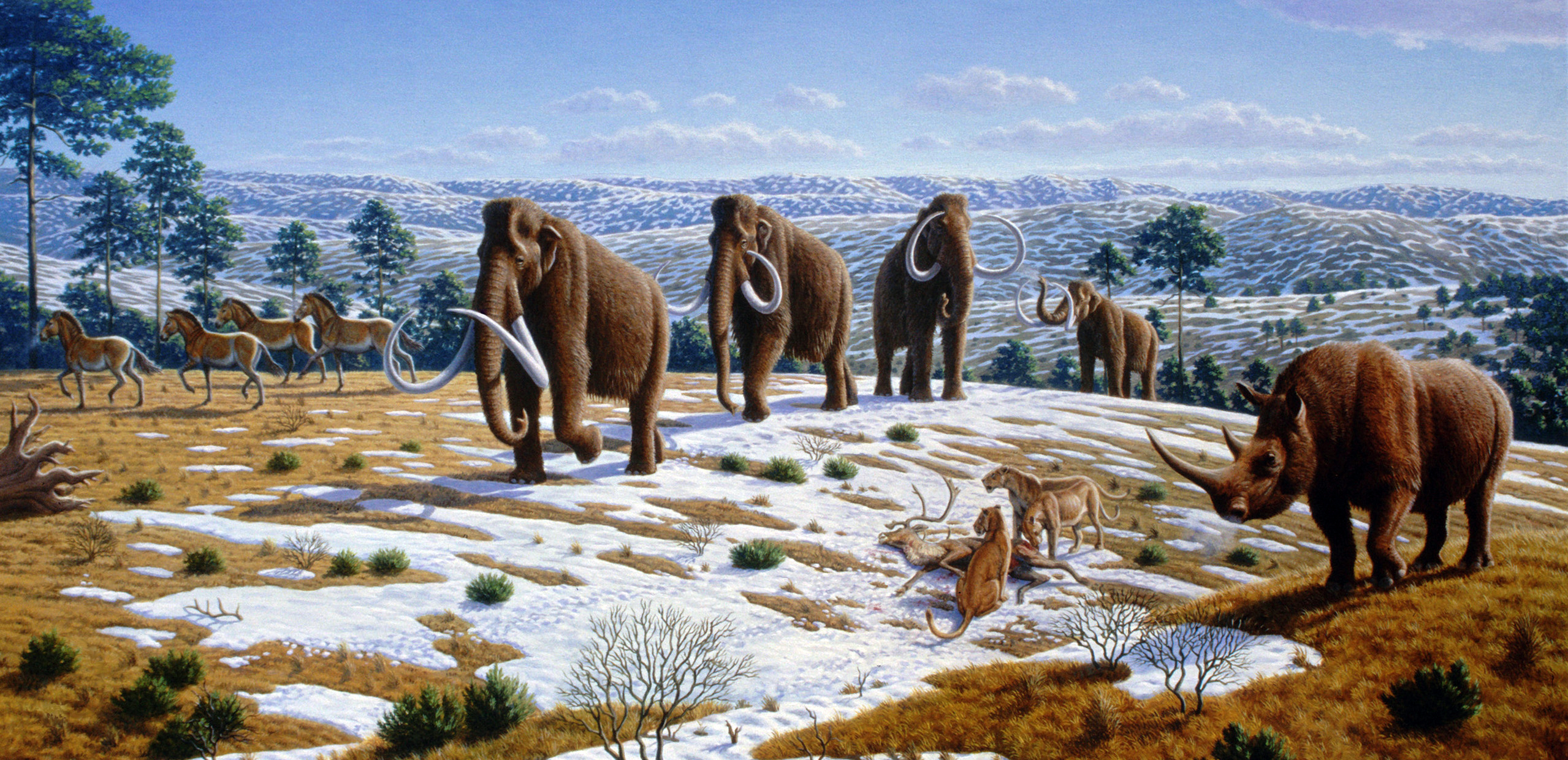Big animals regulate many ecological processes and their activities create spaces for others animals to live. Millenia of human action has eliminated most of the these big animals, decreasing their numbers and driving many of them extinct. Can these extinct animals be restored?
Revive and Restore is a NGO that aims to promote the use of rapidly advancing genomic technology for biological conservation and rewilding by enhancing the genetic diversity of small populations, and they hope resurrecting extinct species or de-extinction.
[youtube https://www.youtube.com/watch?v=XKc9MJDeqj0]
The DNA of many extinct animals is often preserved and their genomes can be reconstructed, and may be able to be combined with that of their close relatives to produce novel organisms that reinvent previously extinct organisms, with the hope that these animals can than establish self-sustaining populations, that recreate key ecological functions.
Revive & Restore is to help facilitate collaborations among molecular biologists and conservation biologists to transparently advance genomic conservation with the goal of enhancing biodiversity and ecological health worldwide. A recent scientific paper, Is It Time for Synthetic Biodiversity Conservation?,argues that:
The field of synthetic biology, which is capable of altering natural genomes with extremely precise editing, might offer the potential to resolve some intractable conservation problems (e.g., invasive species or pathogens). However, it is our opinion that there has been insufficient engagement by the conservation community with practitioners of synthetic biology. We contend that rapid, large-scale engagement of these two communities is urgently needed to avoid unintended and deleterious ecological consequences.
Others disagree, some conservations worry that a focus on de-extinction will reduce the availability of resources from other conservation activities. Well known conservation biologist Paul Ehrlich has criticized de-extinction – writing “De-extinction seems far-fetched, financially problematic, and extremely unlikely to succeed.”
A flagship project of de-extinction is the revival of the woolly mammoth that aims to create new mammoths that could inhabit North American and Eurasia tundra. The project aims to use mammoth DNA to adapt Asian elephants to live in the tundra. Achieving this goal is still far away. There has been more progress made with Martha’s Vineyard’s heath hen. A less charismatic extinct species that is closely related to the well studied domestic chicken, and also has wealthy supporters from Martha’s Vineyard. But their hope is that such projects will enhance the capacity of conservationists to restore more difficult species and by creating new populations of large animals, enhance the capacity for rewilding and restoring ecosystems.
The project has successfully connected molecular biologists and conservation scientists to develop new research around de-extinction, but there has not yet been any successful de-extinction projects. It has stimulated debate and research, but does not address the social forces that have driven extinction.
More information:
Scientific papers:
Redford et al 2013 Synthetic Biology and Conservation of Nature: Wicked Problems and Wicked Solutions PloS Biology. http://dx.doi.org/10.1371/journal.pbio.1001530
Friese et al 2014 Making De-Extinction Mundane? PloS Biology http://dx.doi.org/10.1371/journal.pbio.1001825
Books:
Bring Back the King: The New Science of De-extinction by Helen Pilcher.
How to Clone a Mammoth: The Science of De-Extinction by Beth Shapiro
and a video from Beth Shapiro
[youtube https://www.youtube.com/watch?v=xO043PSBnKU]



